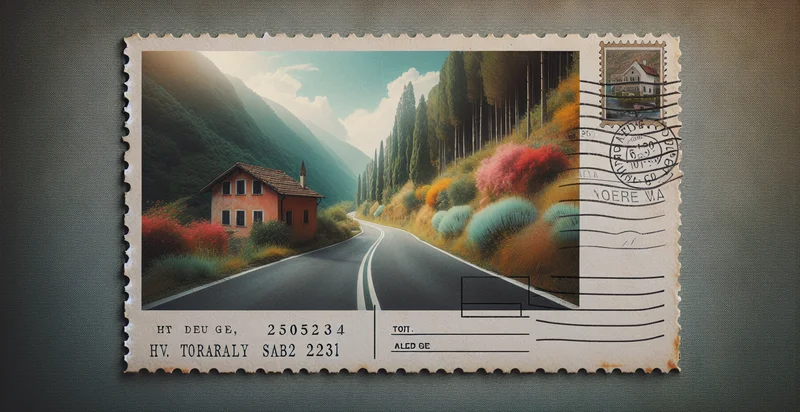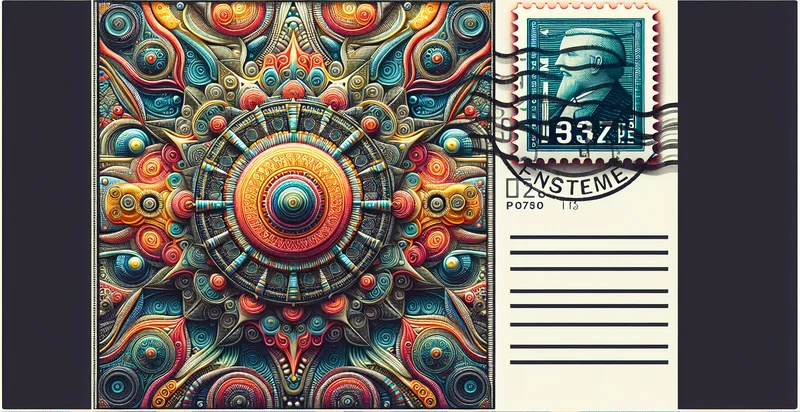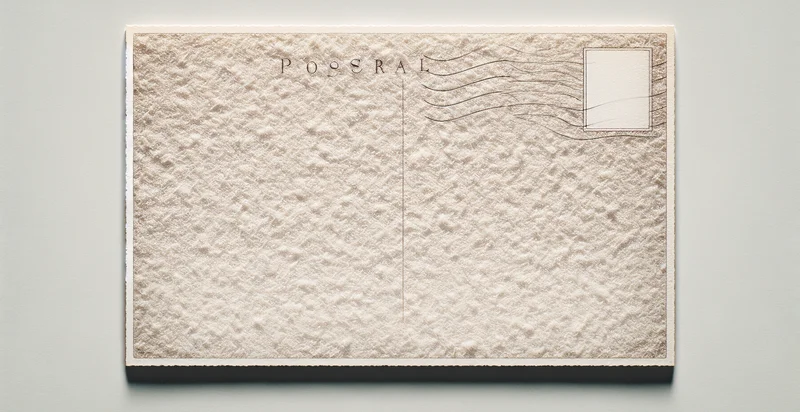Identify if a postcard is present
using AI
Below is a free classifier to identify if a postcard is present. Just upload your image, and our AI will predict if a postcard is present - in just seconds.

Contact us for API access
Or, use Nyckel to build highly-accurate custom classifiers in just minutes. No PhD required.
Get started
import nyckel
credentials = nyckel.Credentials("YOUR_CLIENT_ID", "YOUR_CLIENT_SECRET")
nyckel.invoke("if-a-postcard-is-present", "your_image_url", credentials)
fetch('https://www.nyckel.com/v1/functions/if-a-postcard-is-present/invoke', {
method: 'POST',
headers: {
'Authorization': 'Bearer ' + 'YOUR_BEARER_TOKEN',
'Content-Type': 'application/json',
},
body: JSON.stringify(
{"data": "your_image_url"}
)
})
.then(response => response.json())
.then(data => console.log(data));
curl -X POST \
-H "Content-Type: application/json" \
-H "Authorization: Bearer YOUR_BEARER_TOKEN" \
-d '{"data": "your_image_url"}' \
https://www.nyckel.com/v1/functions/if-a-postcard-is-present/invoke
How this classifier works
To start, upload your image. Our AI tool will then predict if a postcard is present.
This pretrained image model uses a Nyckel-created dataset and has 2 labels, including Postcard Not Present and Postcard Present.
We'll also show a confidence score (the higher the number, the more confident the AI model is around if a postcard is present).
Whether you're just curious or building if a postcard is present detection into your application, we hope our classifier proves helpful.
Related Classifiers
Need to identify if a postcard is present at scale?
Get API or Zapier access to this classifier for free. It's perfect for:
- Mail Processing Automation: This function can help postal services or mailroom departments identify postcards within a large volume of incoming mail. By automating the recognition of postcards, companies can streamline their sorting processes and reduce manual labor, improving efficiency and accuracy.
- Marketing Campaign Effectiveness: Businesses conducting postcard marketing campaigns can use this function to track and analyze the delivery of postcards. By identifying whether a postcard was delivered, companies can refine their target audience and measure the success of their campaigns based on the delivery rates.
- Customer Engagement Tracking: E-commerce companies can utilize this identifier to detect the presence of postcards sent to customers as part of a promotions package. This insight allows businesses to gauge customer engagement and tailor future marketing efforts based on the promotional material received.
- Event RSVP Collection: Organizations hosting events can use this technology to automate the collection of RSVP postcards. This function ensures prompt identification and processing of responses, allowing event coordinators to manage attendee lists more efficiently and plan accordingly.
- Personalized Customer Outreach: Companies can leverage the identifier in CRM systems to identify customers who receive personalized postcards. By linking postcard delivery to customer records, businesses can create tailored follow-up strategies based on the identified marketing materials sent.
- Inventory Management: Retailers can use this identifier to monitor the receipt of promotional postcards or product catalogs. By ensuring that all marketing materials, including physical postcards, are accounted for in inventory systems, businesses can maintain better control over their marketing resources.
- Postcard Art Preservation: Art institutions or libraries could deploy this function to catalog incoming postcards featuring artwork. By identifying these postcards, they can automatically archive and preserve them in their collections for educational purposes or historical reference, enhancing access to artistic heritage.


